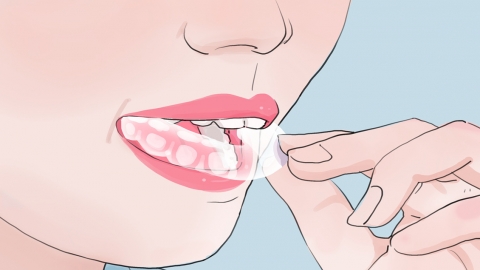Can protruding teeth be corrected at age 45?
Generally speaking, whether protruding teeth can be corrected at age 45 depends on the individual's oral health condition. Orthodontic treatment is possible if oral health is good and there are no severe periodontal problems; however, if serious periodontal disease, alveolar bone loss, or tooth mobility exist, orthodontics should be postponed until underlying oral conditions are properly treated. Detailed analysis is as follows:

If individuals aged 45 have no significant tooth mobility, healthy periodontal tissues, and sufficient alveolar bone volume, orthodontic correction for protruding teeth is feasible. In such cases, traditional metal braces or invisible aligners can be used to gradually adjust tooth positions through gentle external forces, restoring normal occlusion and facial aesthetics.
However, if individuals at age 45 suffer from severe periodontal disease—such as persistent gum redness, swelling, bleeding, obvious alveolar bone loss, or moderate-to-severe tooth mobility—orthodontic correction should not be performed temporarily. The mechanical forces applied during orthodontics may exacerbate periodontal damage, increase tooth mobility, or even lead to tooth loss.
During orthodontic treatment, maintaining excellent oral hygiene is crucial. Use interdental cleaning tools such as water flossers and dental floss to remove food debris and prevent periodontal complications. Additionally, regular follow-up visits are essential to allow dentists to monitor progress and adjust treatment force and plans accordingly.




